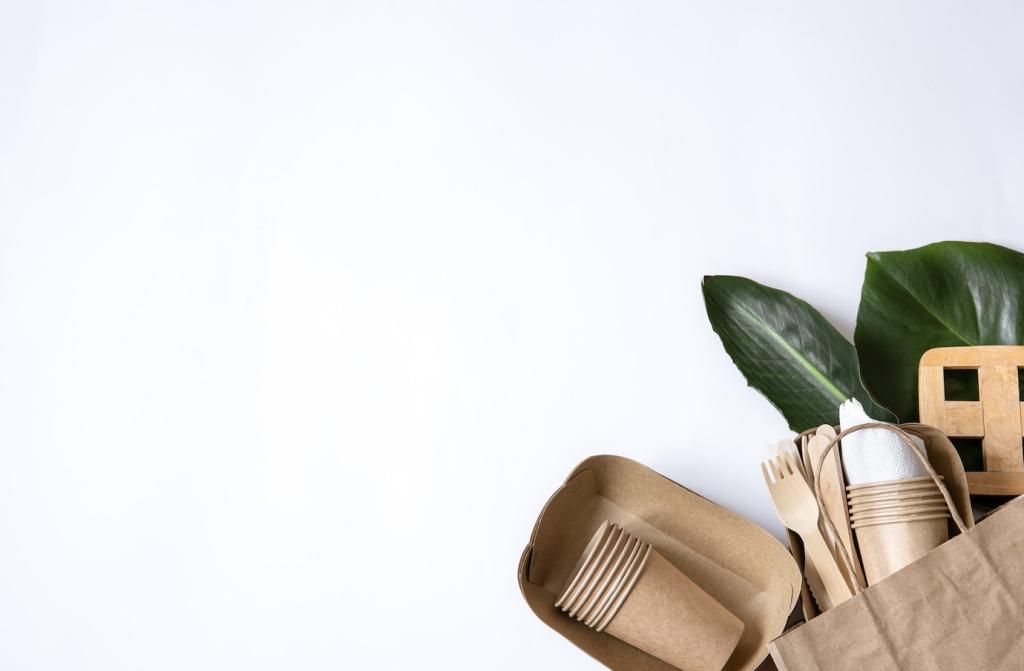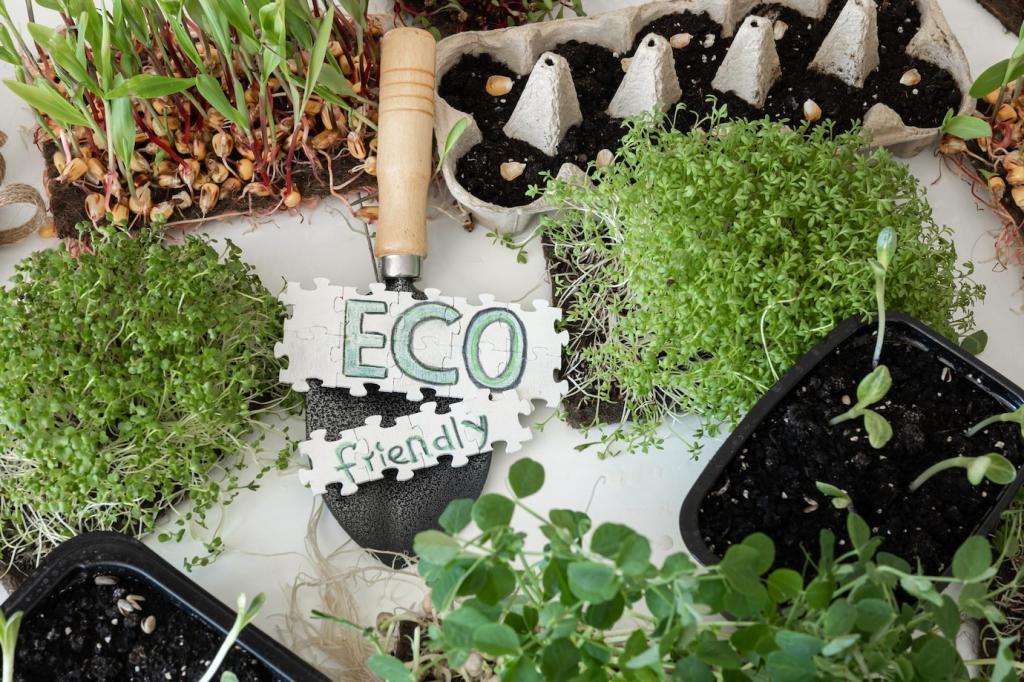What Counts as a Natural Wax Alternative?
Tung, polymerized linseed, walnut, and hemp oils sink into wood and cure into resilient networks. They highlight grain beautifully, are easy to refresh, and avoid the slippery feel wax can add. Share your oil finish victories and challenges below.
What Counts as a Natural Wax Alternative?
Shellac is a classic resin dissolved in alcohol, fast-drying, repairable, and wonderfully clear. Dewaxed shellac improves compatibility with later coats. Some eco varnishes use plant oils and rosin. Have you tried shellac on a tabletop or drawer sides?
What Counts as a Natural Wax Alternative?
A soap finish, made from pure soap flakes and water, gives a velvety matte feel that brightens pale woods like ash and oak. It is easy to maintain and refresh, ideal for low-stress surfaces. Would you embrace a soft, lived-in patina?




